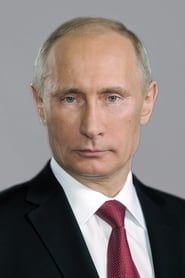
After the Rain: Putin's Stolen Children Come Home(2024)
Deep in a forest by the Baltic Sea, a group of Ukrainian families come together to start the healing process with the help of golden retrievers and palamino horses at an animal therapy retreat. In the safety of the forest, the children’s memories of being illegally deported to Russia and their families’ struggles to rescue them are unraveled with the help of skilled and sensitive counsellors. The joy and humour the children discover during their time in the forest make it easy to forget that their stories are the reason the International Criminal Court recently issued an arrest warrant for Vladimir Putin. Nearly 20,000 abducted children remain in Russian institutions.
Movie: After the Rain: Putin's Stolen Children Come Home
Top 7 Billed Cast
Self
Self
Self
Self
Self
Self (archive footage)
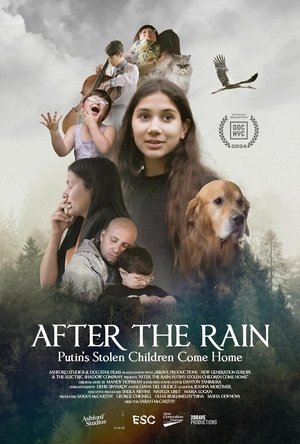
After the Rain: Putin's Stolen Children Come Home
HomePage
Overview
Deep in a forest by the Baltic Sea, a group of Ukrainian families come together to start the healing process with the help of golden retrievers and palamino horses at an animal therapy retreat. In the safety of the forest, the children’s memories of being illegally deported to Russia and their families’ struggles to rescue them are unraveled with the help of skilled and sensitive counsellors. The joy and humour the children discover during their time in the forest make it easy to forget that their stories are the reason the International Criminal Court recently issued an arrest warrant for Vladimir Putin. Nearly 20,000 abducted children remain in Russian institutions.
Release Date
2024-08-29
Average
0
Rating:
0.0 startsTagline
Genres
Languages:
EnglishУкраїнськийPусскийKeywords
Similar Movies
 8.0
8.0Searching for Nika(uk)
Returning to Kyiv to search for his missing dog during the Russian invasion of Ukraine, director Stas Kapralov documents his journey as he joins forces with volunteers and becomes part of a movement to rescue animals caught in the crossfire of war.
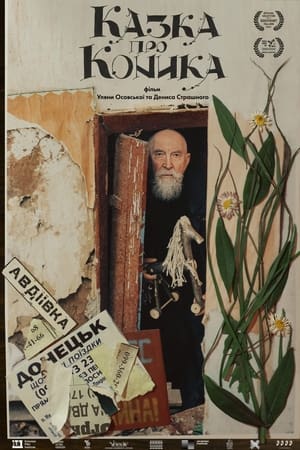 0.0
0.0Tales of a Toy Horse(uk)
In his own way, Anatoli Ljutuk is a legend of Tallinn's Old Town - a man from Western Ukraine who has built a unique world on Laboratory Street, the main core of which is the Ukrainian Cultural Center and Church. There, he engages in calligraphy, makes paper in a medieval way, carves traditional wooden toys in his workshop and makes books in the spirit of old monasteries. According to the oath taken a quarter of a century ago, he has promised to create something good every day. His daily commitment is challenged by the war that broke out in Ukraine, which Anatoly cannot passively ignore.
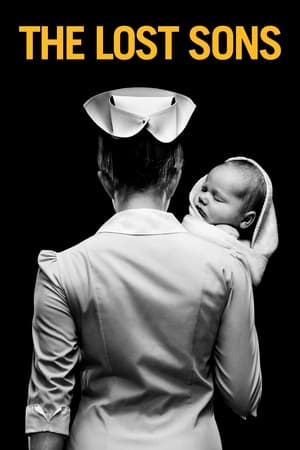 6.5
6.5The Lost Sons(en)
1960s Chicago, a baby is kidnapped from a hospital. Fifteen months later, a toddler is abandoned. Could he be the same baby? In a tale of breathtaking twists and turns, two mysteries begin to unravel and dark family secrets are revealed.
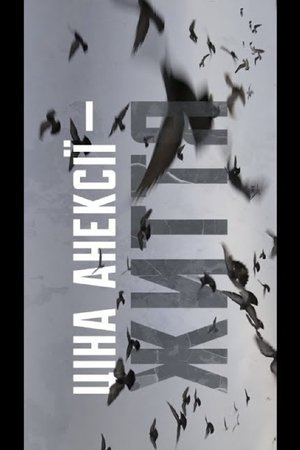 0.0
0.0The cost of annexation is life(uk)
The film is about how the occupation has changed and sometimes broken the lives of people living on the peninsula. Hromadske journalist Natalia Humeniuk arrived in Crimea on the day of the so-called ‘referendum’ on 16 March 2014, where she talked to people in Bakhchisarai, Simferopol, Yalta and Sevastopol. Since then, the journalist has returned to the peninsula at least once a year: she talked about the first political prisoners, the beginning of repressions against Crimean Tatars, the economic conditions and everyday life of the residents of the occupied Crimea, and what it was like to be a Ukrainian in the occupied Crimea or even an activist of the ‘Crimea is ours’ movement who began to criticise the occupation administration. After 5 years, Hromadske journalists returned to the people whose stories were told in the first months of the annexation.
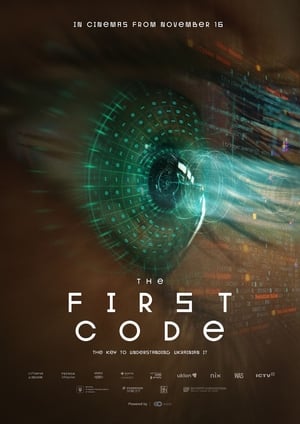 7.5
7.5The First Code(uk)
This story is a journey through time, starting from the 1950s with the creation of the first computer by Ukrainian engineers, and continuing until the present day when the IT sector has become not only a powerful industry but also an important front in the war against Russia.
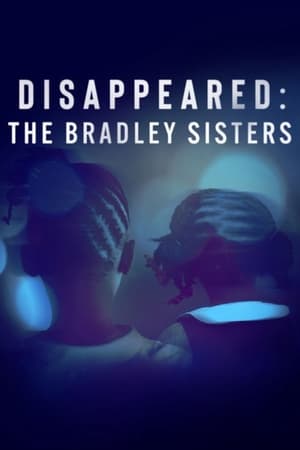 4.5
4.5Disappeared: The Bradley Sisters(en)
In 2001, sisters Diamond and Tionda Bradley vanish from their Chicago apartment. Twenty-two years later, Detective Pam Childs gains access to the family, revisiting critical scenes, interviews, and inconsistencies -- leading to a shocking admission.
 0.0
0.0REBUFF 10/10. HOW UKRAINIAN CULTURE DEFEATS RUSSIAN MISSILES(uk)
On the morning of October 10, editor Yury Marchenko was supposed to be running through Shevchenko Park, near his home, at the same time as the Russian rockets hit it. One of them — to the playground, the other — to the intersection of Shevchenko Boulevard and Volodymyrska Street. The blast wave damaged "strategic" objects: museums, educational institutions, restaurants, galleries, hospitals, the Ministry of Education, the Teacher's House and the protective structure around the monument to Mykhailo Hrushevskyi. We are looking for an answer not only with Yuriy Marchenko, but also with volunteer Serhii Prytula, architect Slava Balbek, historian Oleksandr Palii, military expert Serhii Kuzan, deputy director of the National Science and Natural History Museum of the National Academy of Sciences Oksana Chervonenko and director of the Khanenko Museum Yulia Vaganova.
 0.0
0.0How the fire station in Makariv was restored | Summer. Camp. War(uk)
Makariv is a small village near Kyiv. In February and March, there were battles here as the Russian army was on its way to Kyiv. Many buildings were damaged by shelling, including the local fire station. Volunteers from the organisation Building Ukraine Together set up a camp to help the firefighters restore the building. They woke up, did exercises, had breakfast and repairs, and in the evening shared their experiences and their own stories. Artem's friend was killed in Tokmak in the first days of the war, Ira witnessed the death of her family in Irpin, Dasha's father is in the Ukrainian army, Yura left the camp early because he went to the funeral of his friend who died at the front. These stories are much deeper than they seem. Find out more about youth and war, about repairing without experience and a summer camp in a bombed-out village in the documentary story by Suspilne Culture.
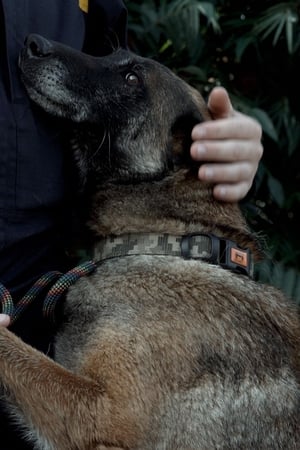 0.0
0.0Service dogs and their people(uk)
They can sense survivors under rubble three metres deep, warn our soldiers of an approaching enemy and show sappers where to look for a mine. And they are also cute. Service dogs and dog handlers saved us even before Russia's full-scale invasion, but after 24 February, the threats and challenges increased. The film is about how dogs and military, rescue and rescue dog handlers cooperate and coexist, how they meet each other, build trust and mutual love, learn responsibility and save lives at the risk of their own.
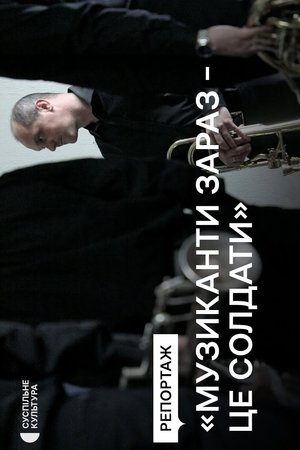 0.0
0.0Fighting with music: the history of the Luhansk Philharmonic Orchestra(uk)
Gathering together dozens of his musicians, providing them with housing and work in Lviv, organising the evacuation of instruments from under fire, and continuing to perform: this is the second time that the director of the Luhansk Philharmonic, Ihor Shapovalov, has revived the orchestra. Back in 2015, after being rescued from Luhansk, Sievierodonetsk became his home. In seven years, Igor has managed not only to staff the orchestra, but also to establish links with orchestras from Europe and different parts of Ukraine, and to show that Luhansk region has always been, is and will be Ukrainian. Today, the battle for Sievierodonetsk is ongoing, and Russia's large-scale invasion is putting the musicians in front of new challenges. But they remember why it is worth taking to the stage again and again, to spread Ukrainian and European culture.
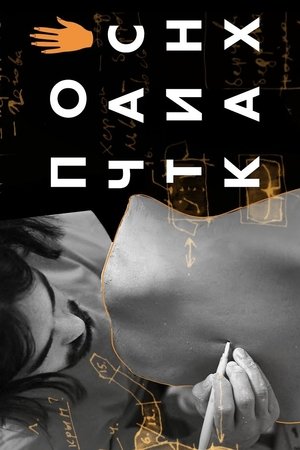 0.0
0.0Piece by Piece(uk)
To travel all over Ukraine, collect 25 casts of Ukrainian girls' bodies and make a sculpture out of them for Independence Day. Ceramist Slavik Pasynok spent the summer creating his project ‘The One’. To do this, he made a cast of a certain part of a girl's body in each region. He formed a sculpture from the casts, and the UA: Culture team filmed the process. Is it possible to assemble something unified from different parts?
 0.0
0.0Kadyrova's palianytsia(uk)
The artists Zhanna Kadyrova and Denys Ruban spent two weeks in the basement of their house, fleeing from the rocket attacks and sabotage groups of the occupiers that were flooding the outskirts of Kyiv at the time, and then decided to evacuate to western Ukraine. Local residents of one of the Zakarpattia villages sheltered them in a picturesque house on a hillside, next to a river. Doing what you know and love for the benefit of Ukraine is the best thing an artist can do in times of war. This is how the Palianytsia project was born - a series of objects made of stones cut by a mountain river. Zhanna sells them to patrons and galleries and uses the proceeds to buy bulletproof vests, radios, thermal imagers and other things our soldiers need. Before she sends her ‘loaves’ to Venice for the Biennale, Zhanna holds an exhibition in the village where she now lives, so that the people who have taken her in can be the first to see her art.
 0.0
0.0A Good Year(uk)
A year ago, on 29 December 2019, prisoners were exchanged with the self-proclaimed ‘LPR’ and ‘DPR’. Among the Ukrainians who returned home were journalist Stanislav Aseyev, tanker Bohdan Pantiushenko, and human rights activist Andriy Yarovoi. Four months earlier, on 7 September, Crimeans Oleg Sentsov and Oleksandr Kolchenko were released from Russian colonies. We spoke to the former prisoners about their first year of freedom.
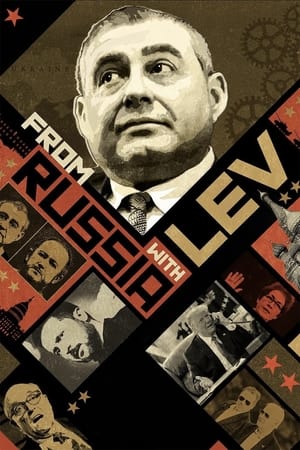 8.7
8.7From Russia with Lev(en)
A documentary exploring Lev Parnas' involvement in the Trump-Ukraine scandal that resulted in the former president's impeachment, detailing Parnas' unexpected entanglement with Trump and Giuliani, leading to his incarceration.
 7.0
7.0Ukraine : la fin du monde russe ?(fr)
By invading this "state fiction" that is, according to him, Ukraine, Vladimir Putin takes up the motto of the tsars: "sovereign of all Russia, the great, the small and the white". The first would have Moscow as its capital, the second, kyiv, and the last, Minsk.
 8.5
8.5Mariupolis 2(ru)
In 2022, Mantas Kvedaravičius went back to Ukraine, Mariupol, at the heart of the war, to be with the people he had met and filmed in 2015. Following his death, his producers and collaborators have put all their strength into continuing transmitting his work, his vision and his films. Also a PhD in anthropology, Mantas Kvedaravičius wished to testify as a filmmaker as far as possible from the agitation of the media and the politicians. With huge force and sensitivity, Mariupolis 2 depicts life as it continues amidst the bombing and reveals images that convey both tragedy and hope.
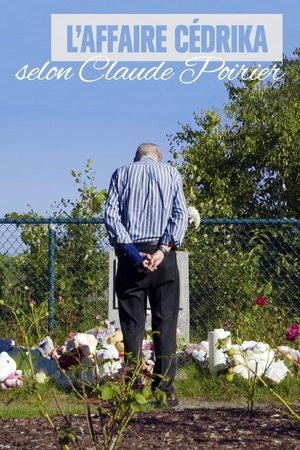 0.0
0.0L’Affaire Cédrika, selon Claude Poirier(fr)
Nine years after the disappearance of Cédrika Provencher, Claude Poirier returns to the scene of the crime. With the help of lawyer Guy Bertrand, former minister Jacques Dupuis and witnesses of the events surrounding Cédrika's disappearance and the discovery of her skull, Poirier reveals all he knows about this sadly popular story.
 6.8
6.8SuperHeroes(pl)
When on February 24, 2022, Russian troops attacked Ukraine, the world stopped. The first shock, however, quickly turned into action. It was a natural impulse of the heart, Poles could not leave their neighbors, their friends from Ukraine completely alone. Almost everyone, residents of small and large cities, young and old, rich and poor, became involved in helping Ukrainians, opened their homes for those fleeing the war, and began to organize humanitarian aid. Did they pass the humanity test?
 7.6
7.6The Distant Barking of Dogs(en)
Hnutove, Donbass, eastern Ukraine, 2015. Young Oleg lives in a war zone where anti-aircraft gunshots and missile attacks often resonate dangerously near. Although many inhabitants have already left this dangerous area, he remains with his grandmother, who has cared for him since his mother's death, because they have nowhere to go. They are just waiting for the war to end.
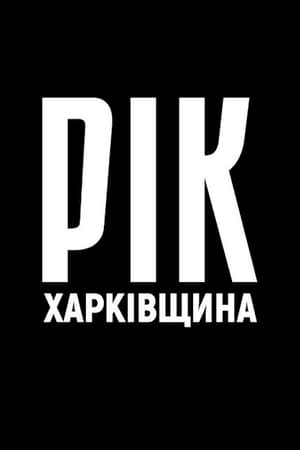 10.0
10.0Year. Kharkiv Region.(uk)
Dmytro Komarov's documentary project The Year. Kharkiv Region. Dmytro Komarov will show Kharkiv in the first months of the full-scale invasion of Ukraine by Russian troops. Viewers will hear the stories of people who found themselves in the epicentre of the brutal attacks: at the air defence base destroyed by a Russian missile, in the residential area of the city - Northern Saltivka - which was ravaged by shelling. The journalist will talk to those who played a key role in the liberation of the Kharkiv region. One of these people is Roman Hryshchuk, the commander of the 127th separate territorial defence brigade of Ukraine. He told us how the military practice of the past - using decoys in the form of dummies - helped to identify and destroy the occupiers. How did the full-scale war begin for Kharkiv? What plans did the enemy have for Kharkiv? What united people and gave them hope in the most difficult times? Find out in the documentary project "Year. Kharkiv Region".
